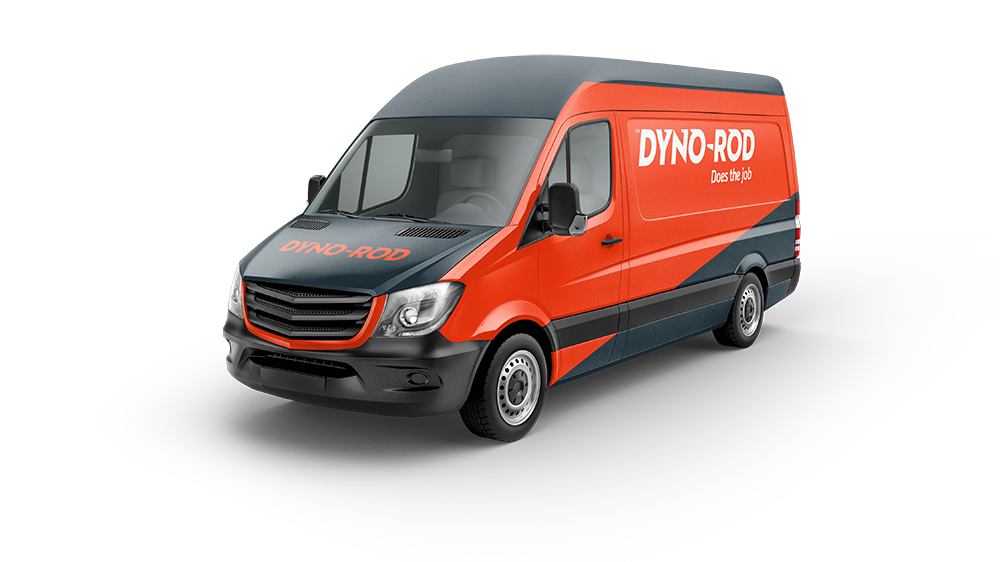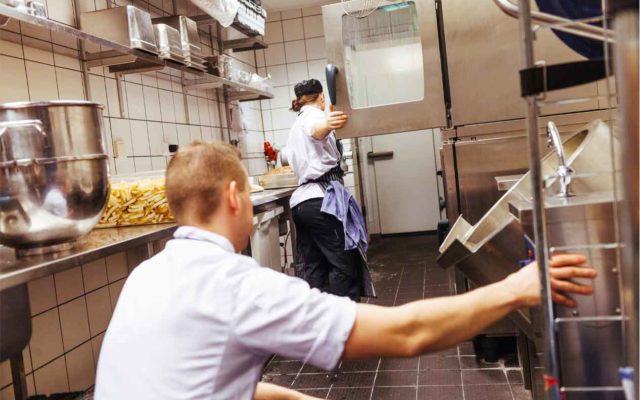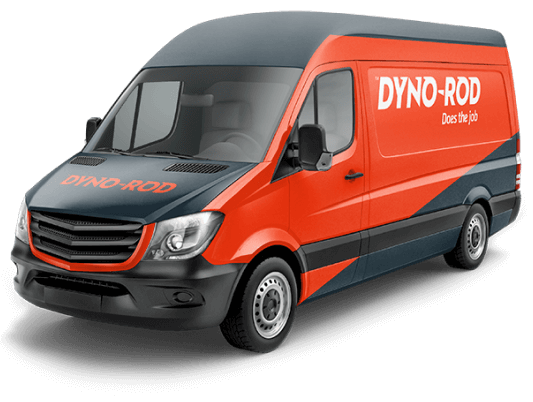The restaurant and commercial food business is a high-pressure affair. And one of the most unpleasant jobs is emptying the grease trap. It is so disgusting, with all kinds of nasty stuff congealing inside the grease trap. The smells are repulsive. And if you get any of that on your clothing or on your floors – well, it’s not pleasant!
Is DIY Grease Trap Emptying Possible?
We are always happy to recommend a DIY solution when one makes sense. But in the case of a grease trap, be prepared for a nasty job. Importantly, after you complete the disgusting problem of clearing the fats, oil and grease (FOG), it is a legal requirement to ensure the waste is disposed of properly. At home this might be in your compost heap. In a commercial food business you will need to check if your bin company will allow grease trap waste in their compost bin. Some waste cooking oil companies will take away the grease skimmed from the top of the trap (normally an extra charge as it is not clean). And it goes without saying that dumping this back into the drainage system is terrible for the environment and can result in environmental damage, fines from the Water Services Authority/Local Authority and your drains getting clogged.
If you really do want to do the emptying part yourself – make sure you wear overalls and gloves! You will also need a wet vac and you also need a proper disposal method. You can start by opening up the grease trap. You can use a ladle or small bucket to scoop up the grease collected on the surface of the trap. You’ll need to keep an appropriate container beside you for this job and cover the flooring as well to avoid splashes. Once the sludge has been removed, you can now use the wet vac on the more liquid contents. Depending on the model, you may need to empty the vac multiple times into your sealed and appropriate container.
Call in the Cavalry!
Grease trap emptying is a nasty job and is better done with the right equipment and proper disposal methods. Dyno-Rod hold a Waste Collection Permit for the transport of this waste. We bring collected FOG to a facility where it is composted or broken down through Anaerobic Digestor processes. With the Anaerobic digestion process, it is possible to produce electricity from the gases produced, making this a more environmentally friendly option. Both Compost and Anaerobic digestion will also produce compost and fertiliser products for the farming industry, meaning that the waste removed from your grease trap by licensed contractors will be processed correctly for environmental benefit.
The best way to reduce the amount of grease trap emptying you’ll need is to avoid sending unnecessary food particles and fats down the drain. Instead, use kitchen paper to score off the remnants from your kitchen utensils and plates. And make sure to thoroughly scrape off leftovers into the bin – if you leave anything on your dishes and cutlery, it will likely end up in the trap!
Dyno-Rod are experts in Fats, Oils and Grease (FOGs) and grease trap management from supply and installation to maintenance and repair. Our Grease Trap Management Services team have more than 20 years experience servicing grease traps nationwide.
If you’d like help with your grease trap, you can always give us a call on 1800 437 246


